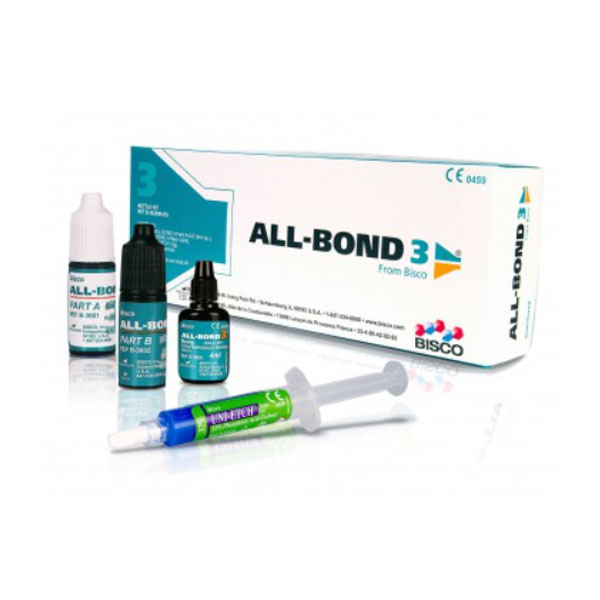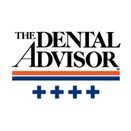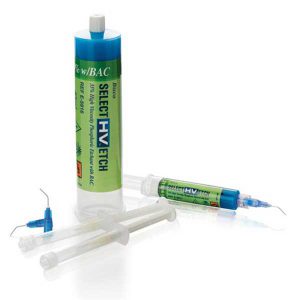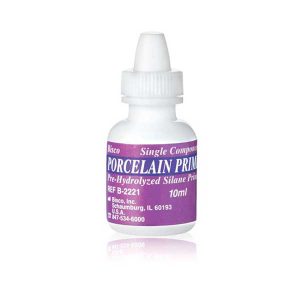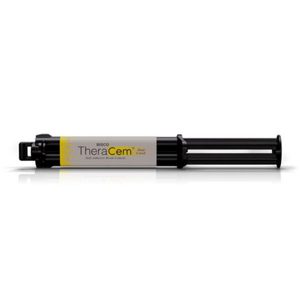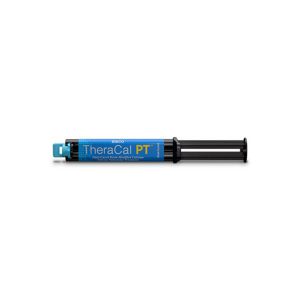Kit Contents: All Bond 3 Bottle Kit
- 1 Bottle ea. ALL-BON 3 Part A&B (6 ml ea.)
- 1 Bottle ALL-BOND 3 Resin (4 ml)
- 1 Syringe Uni-Etch w/BAC (5g)
- Accessories, Instruction / MSDS
Universal Dental Adhesive System
All-Bond 3 micro-mechanically bonds to all substrates, is used for all bonding procedures and is compatible with light-, dual- and self-cured materials. The All-Bond 3 system offers increased hydrophobicity for a long-lasting adhesive bond*. The HEMA-free, radiopaque All-Bond 3 Resin reduces the chance of misdiagnosing caries.
Unique Benefits
- Compatible with light-, self- and dual-cured materials (without the use of additional activators)
- Only 1-2 coats of Part A & B are required, ensuring a more uniform and ideal film thickness while saving application time
Clinical Significance
- All-Bond 3 Resin is radiopaque allowing visibility on radiographs in areas where adhesives commonly pool, reducing the risk of misdiagnosing caries
FAQ
What is meant by “total-etch”?
The term total-etch is used for simultaneous etching of enamel and dentin with e.g. phosphoric acid to remove the smear layer and to obtain micro-porosities for the integration of the bonding agent. The etching should start with enamel and then move to dentin. BISCO recommends a 15 second etch as a general guideline. Excessive etching of dentin may cause hypersensitivity and incomplete hybrid layers.
What makes the BISCO Etchant different from others?
BISCO Etchant was made into a semi-gel form using a polymer thickening agent rather than conventional submicron silica etching gels. Conventional silica etching gels have been shown to leave submicron silica debris, following rinsing, on the etched surface.
What is meant by wet/moist bonding?
It is critical to keep the prepared dentin moist. Wet (moist) bonding is desirable because it prevents exposed collagen fibers from collapsing. For total hybridization and optimal bond strength, these exposed collagen fibers must be infiltrated and saturated by the primer/adhesive. The saturation is confirmed clinically by observing a glossy surface of primer/adhesive after thorough evaporation of the solvent. Over dried collagen leads to the formation of a dense amorphous layer that may impede infiltration of the primer/adhesive solution into the intertubular dentin and results in incomplete hybridization.
What is the best way to achieve wet/moist bonding clinically?
Air drying is not recommended. Air drying may collapse collagen fibrils while incorporating air into the dentinal tubules with possible cause of postoperative sensitivity. High volume suction removes pooled water and allows for collagen fibrils to remain sufficiently hydrated, facilitating primer infiltration. Alternatively, an absorbent pellet may be used to blot pooled water from the dentin.
What advantages does All-Bond 3 offer over other total-etch adhesives?
- One-layer adhesive, yet as durable as 2-layer adhesive systems
- Universal compatibility with all materials (light- , dual- and self-cure) to all substrates
- Minimized post-operative sensitivity¹
- Cross-linking monomers eliminate the need for a hydrophobic bonding resin layer
- Simple application technique for all procedures
How many applications can I get from the All-Bond 3 total-etch bottles?
You should get approximately 230 applications from a set of All-Bond 3 bottles.
Do I need to refrigerate the All-Bond 3 total-etch bottles?
No, the bottles may be stored at room temperature (20°C/68°F – 25°C/77°F).
What is the shelf life of the All-Bond 3 total-etch bottles?
2 years
Do I have to shake the All-Bond 3 total-etch bottles prior to use?
No
What is the processing time of All-Bond 3 total-etch bottles?
All-Bond 3 is a dual-cured adhesive. Use All-Bond 3 adhesive shortly after it is dispensed in the mixing well to prevent polymerization, protect from ambient light.
Is it necessary to agitate All-Bond 3 after applying?
Agitating the adhesive on the tooth is beneficial, we recommend applying the adhesive onto the entire tooth preparation with a light agitating motion for 5-10 seconds.
The instructions say to apply 1-2 coats, do I need 1 coat or two?
Smaller preparations may require only 1 coat/application, larger preparations may require 2+ coats/applications (consecutive applications with no air drying or waiting). After evaporation the adhesive will have a glossy appearance.
If after application of the All-Bond 3 surface is not glossy, what should I do?
If the surface is not glossy, the tubules may not be thoroughly filled. Apply additional coats.
How many seconds does it take to cure All-Bond 3 with a halogen and LED light?
10 seconds
Can All-Bond 3 be light cured by LED?
Yes, the photoinitiator in All-Bond 3 is camphorquinone (CQ), which is compatible with all dental curing lights.
Can a different applicator be used?
You may use any other applicator that is ethanol resistant.
How thick is the adhesive layer of the All-Bond 3?
The film thickness of All-Bond 3 is only 5-10µm. This makes the adhesive ideal for use under all indirect restorations. Additionally, light curing is optional for added confidence of a perfect restoration fit.
May I use a separate desensitizer with All-Bond 3?
Although a 2 year clinical trial found this adhesive to have minimal postoperative sensitivity1, you may use a separate desensitizer with this adhesive.
Can I combine ALL-BOND 3 with self- and dual-curing luting materials?
Yes, All-Bond 3 may be used in combination with light- and dual-curing luting materials.
Can I apply ALL-BOND 3 on calcium hydroxide?
Yes, you may use this adhesive over calcium hydroxide, some of the calcium hydroxide will slightly dissolve during the etching step. We strongly recommend the use of TheraCal LC®, BISCO’s light-cured Resin-Modified Calcium Silicate Pulp Protectant/Liner.
Is the use of rubber dam required?
Isolation from contamination is essential. If this is ensured, the use of rubber dam may not be required in certain cases, decided by the clinician. Nevertheless BISCO recommends the use of a rubber dam in any case.
What influence do the solvents have?
The technique to be used depends on the solvent. In the case of All-Bond 3 which is ethanol based, better bond strength performance is demonstrated when the dentin is mildly wet. Ethanol has a higher ability to re-expand collapsed collagen fibrils as compared to acetone-based adhesives. Ethanol requires more time for evaporation than acetone which can be facilitated with agitation upon placement. Incomplete evaporation causes deficient polymerization and could potentially lead to failures.
Why does All-Bond 3 contain HEMA?
HEMA is a hydrophilic monomer that is a good wetting agent and penetrates easily into the tooth surface. One of the drawbacks with HEMA is that it firmly retains water in adhesives, from where it is hardly removed by air-drying. All-Bond 3 is water-free and ethanol based to allow for a reduction in the HEMA content and the inclusion of more hydrophobic, highly cross-linking monomers.
1. Alessandra Reis, DDS, PhD, Diego MÂnica, Franciele Ferneda, Roberto Amaral, DDS, MS, Rodrigo Stanislawczuk, DDS, MS, Adriana Manso, DDS, MS, Ricardo Marins de Carvalho, DDS, PhD & Alessandro D. Loguercio, DDS, MS, PhD. A 24-month randomized clinical trial of a two- and three-step etch-and-rinse technique. Am J Dent. 2010 Aug;23(4).



